Hi Folks:
If you live in the northern hemisphere then autumn is upon you, and if you’re fortunate enough to be in an area that has deciduous trees, then they’re likely in the process of turning the glorious colours of fall – reds, yellows, oranges, browns… (NB: if you want to know why the leaves change colour in the fall, click here). This is a great time of year to be a landscape photographer, and it’s easy to become seduced by all of those colours. However, it’s also a good time to look at the underlying skeleton of your photographs, and one way to do that is to remove the colour and move to a monochrome palette. (Yes, this is an attempt to put off the ‘learning to see in black and white’ post I keep thinking I should write, but for now this will serve well as placeholder. 🙂 ) By shifting away from the colours of the leaves we can look at shapes, at form, at movement, at textures, at light and shadow… All of these essential components exist in colour images as well, but they can get moved to the background of your compositions if you’re not careful.
The images below were all shot in nearby Beacon Hill Park on the same day. All were shot with my cell phone as I was walking through the park, and they all share similar processing in Lightroom. They all reveal what lies behind the colours that are so wondrously revealing themselves right now.
Okay, that’s it. Now go out and make some photographs!
Hugs,
M&M
P.S. It’s important to remember that unless you have a camera with an achromatic sensor (since there are only a few companies in the world that make them, if you had one, you’d know) with digital you’re always capturing colour information even when you’re shooting in B&W. As such you can adjust the luminance values of the various colours (shown as grayscale) to change the contrast and overall look of a B&W image either in camera (when shooting jpg, by choosing a different recipe) or in your raw file conversion software.



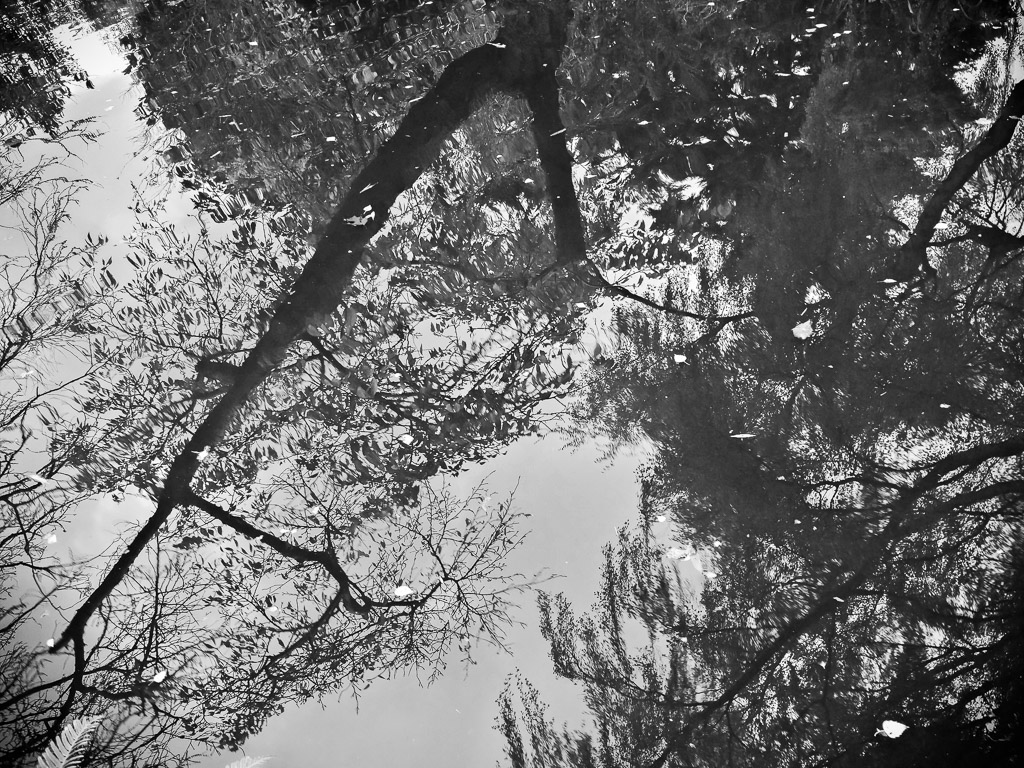
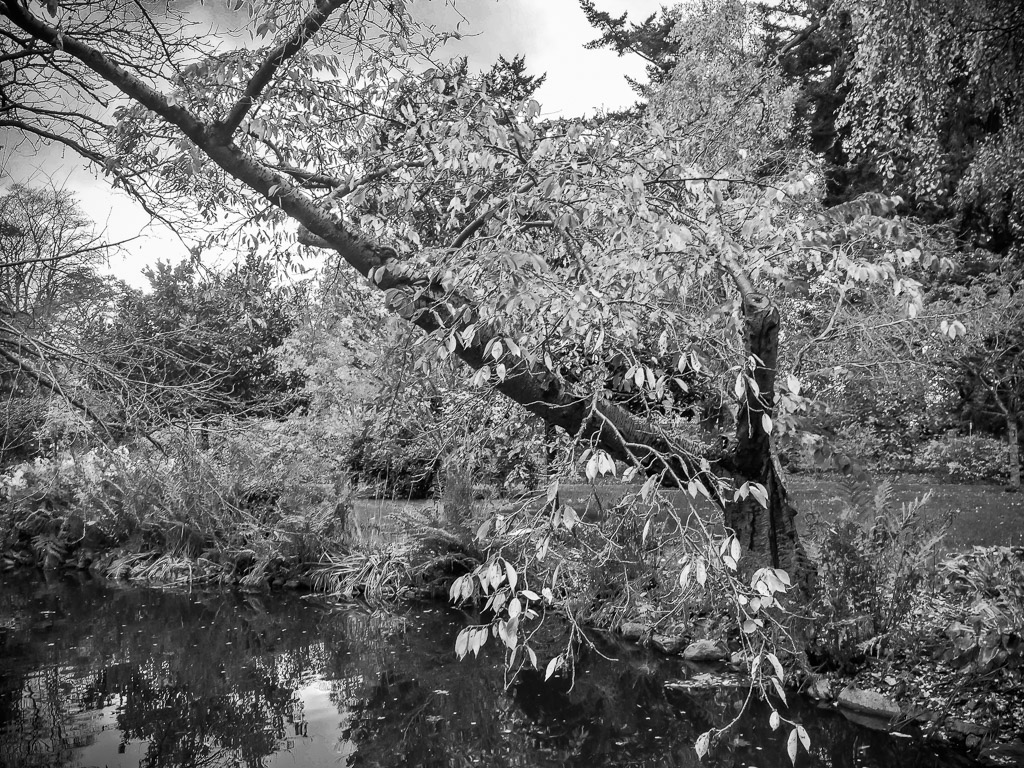
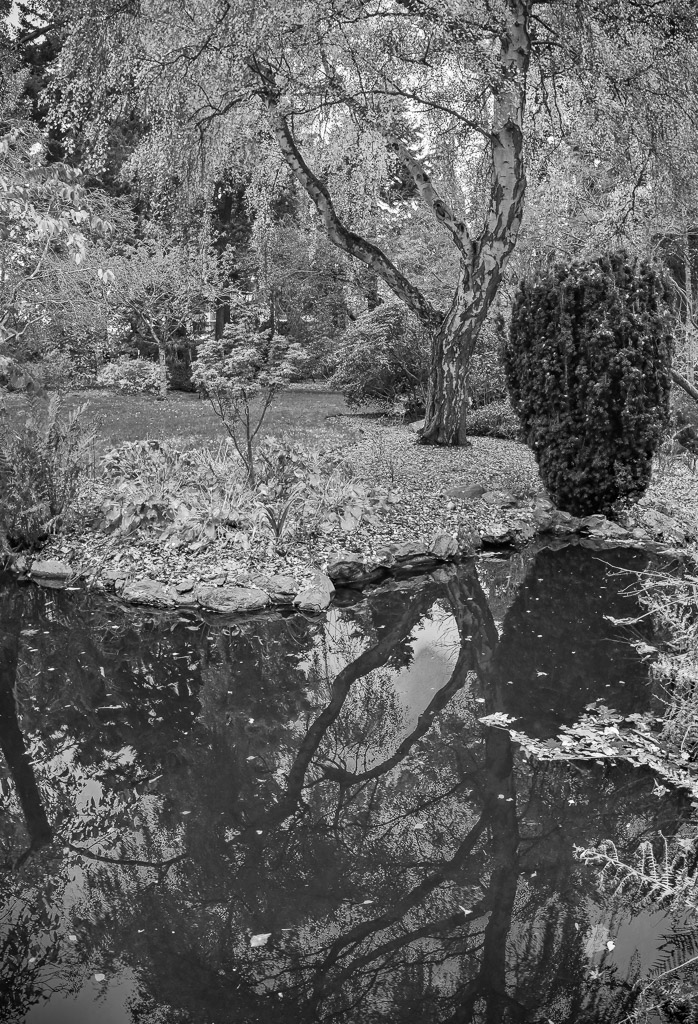
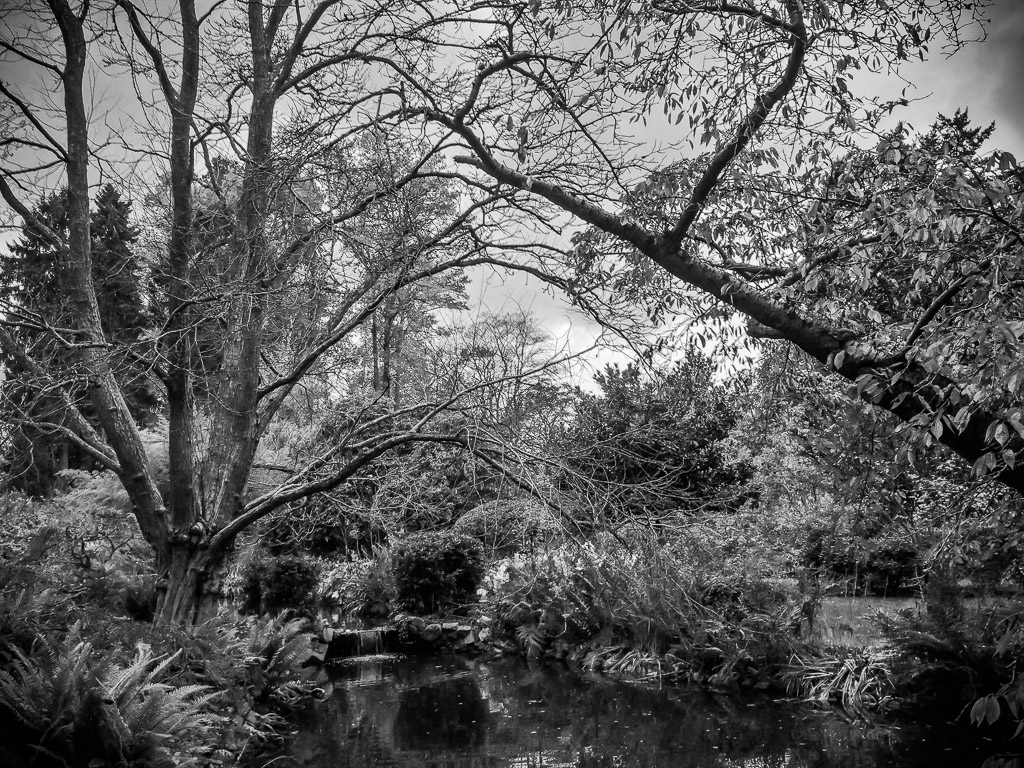
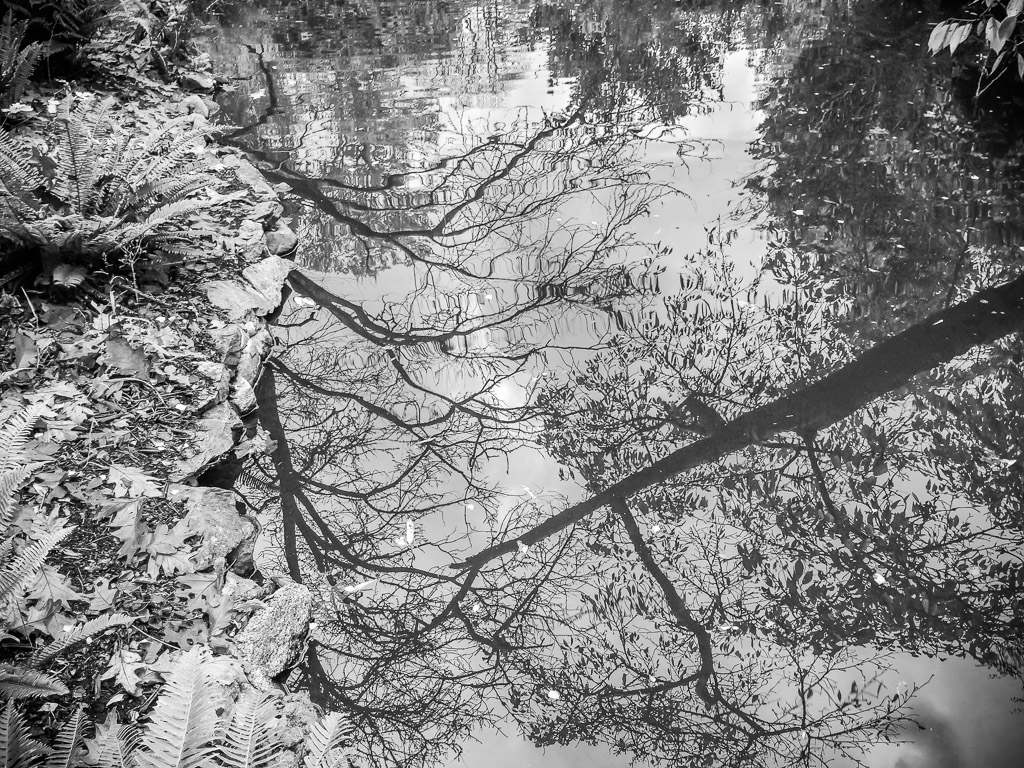

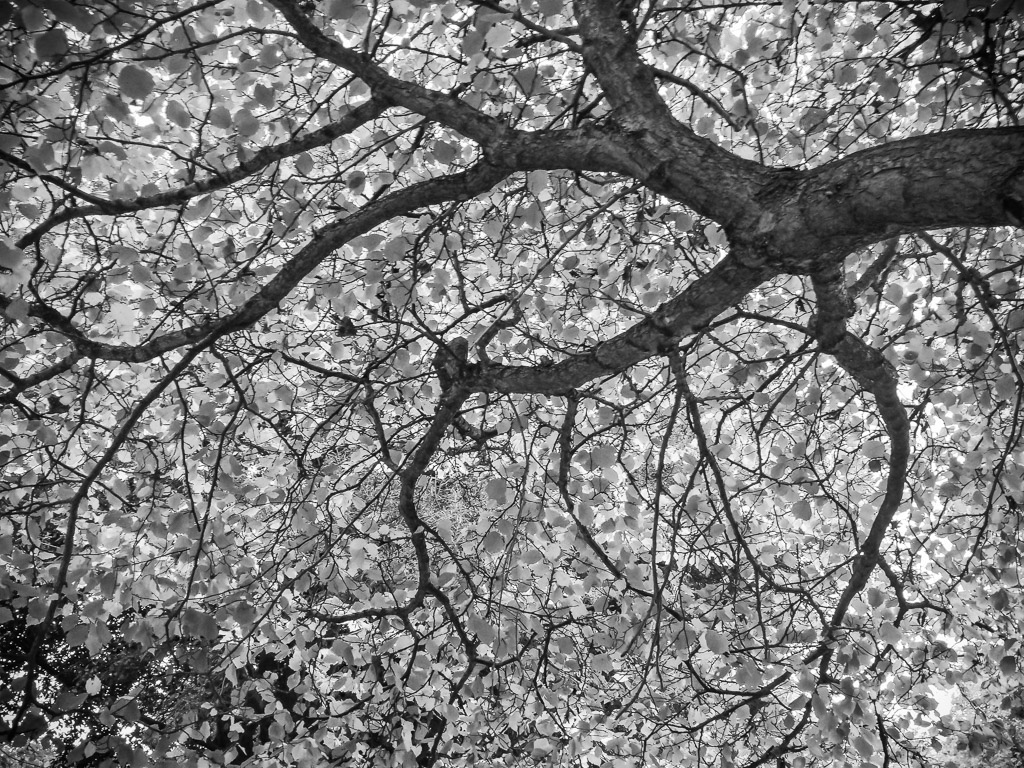
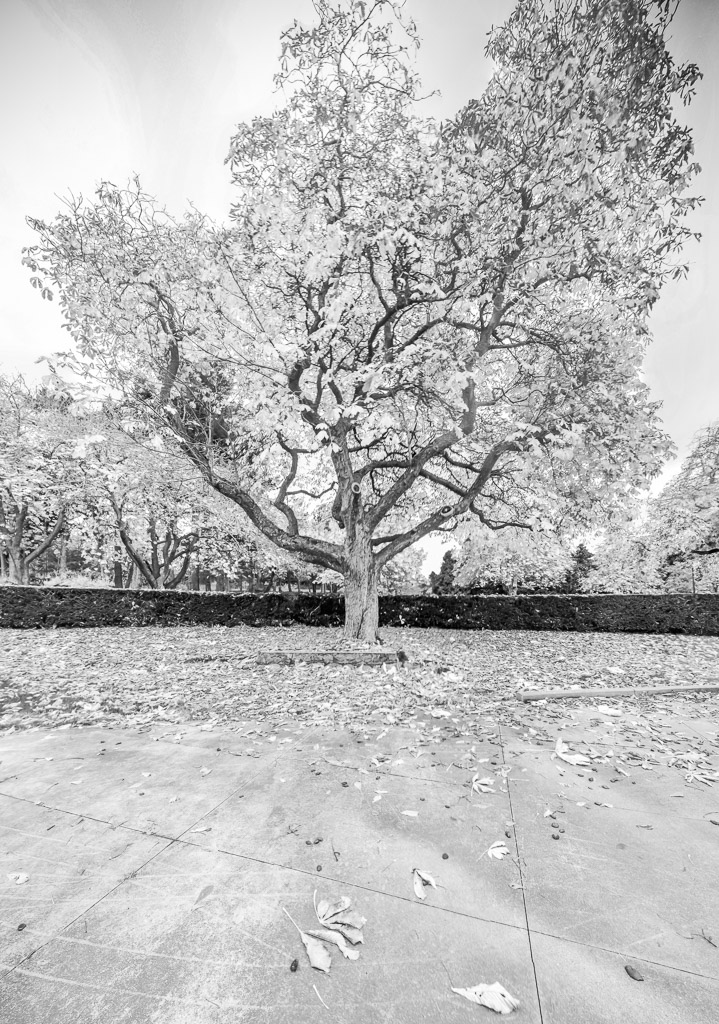
i LOVE fall. need to get me a better camera
Having a 'better' camera is a relative thing; you can take different images with a cell phone, a point and shoot, a DSLR, a Lomo camera and a medium format digital back (not to mention film cameras!). One isn't necessarily better than the others, just different. The most important thing is to go out and make art with whatever you have with you!
Mike.